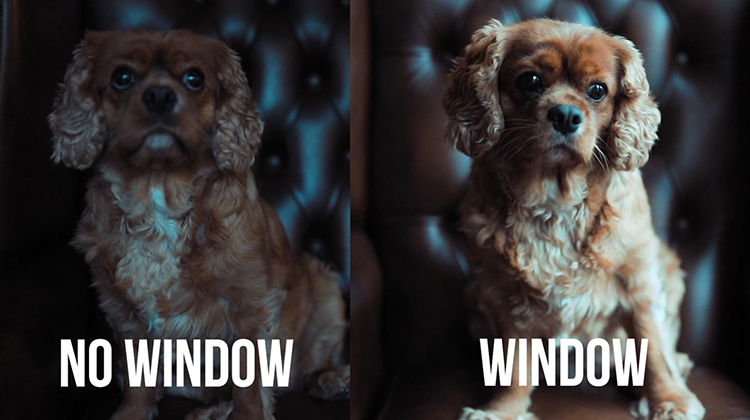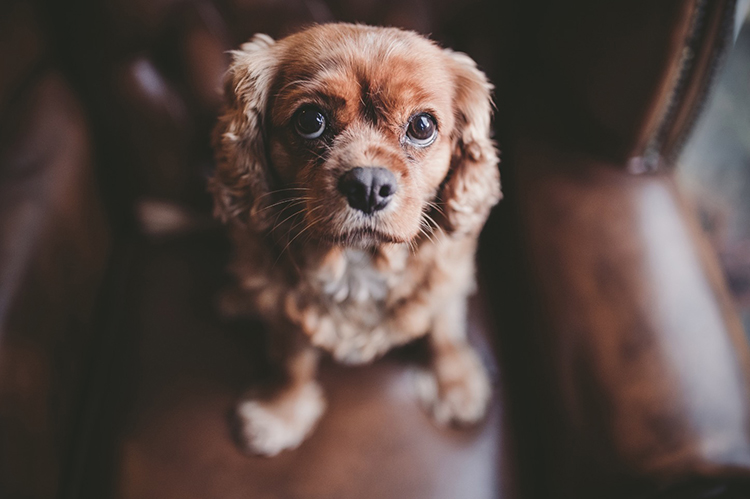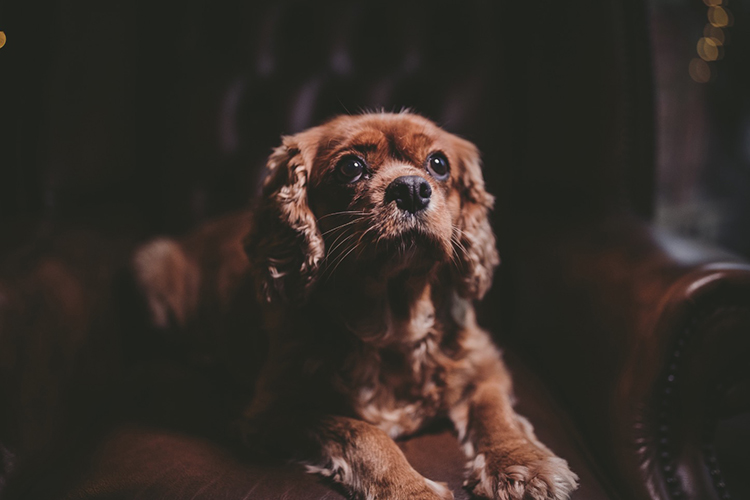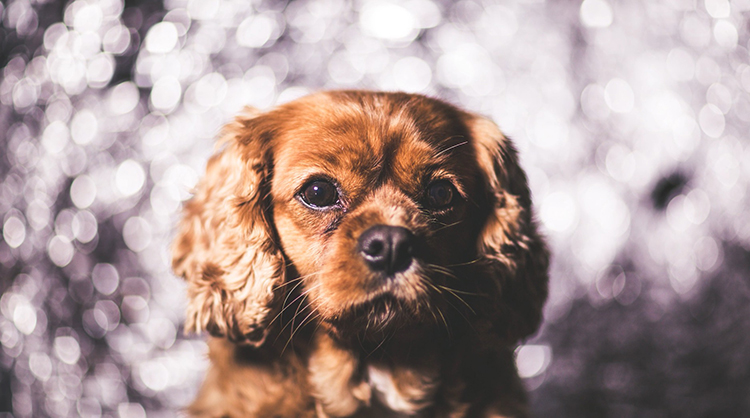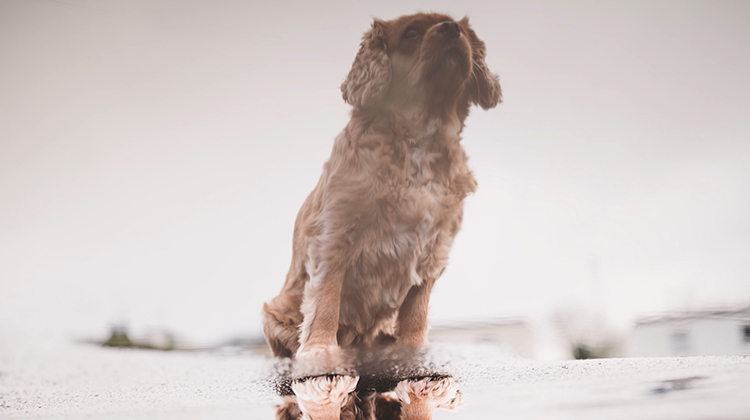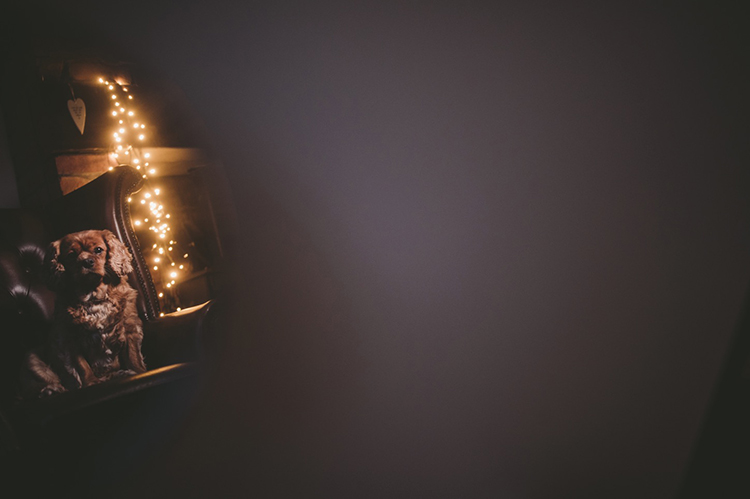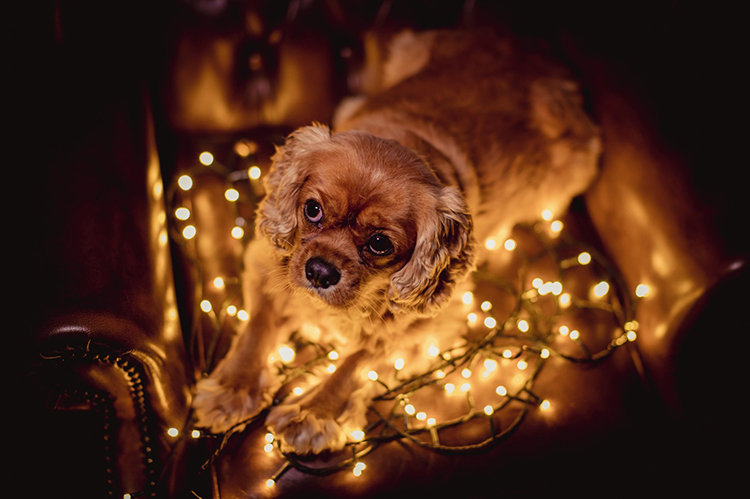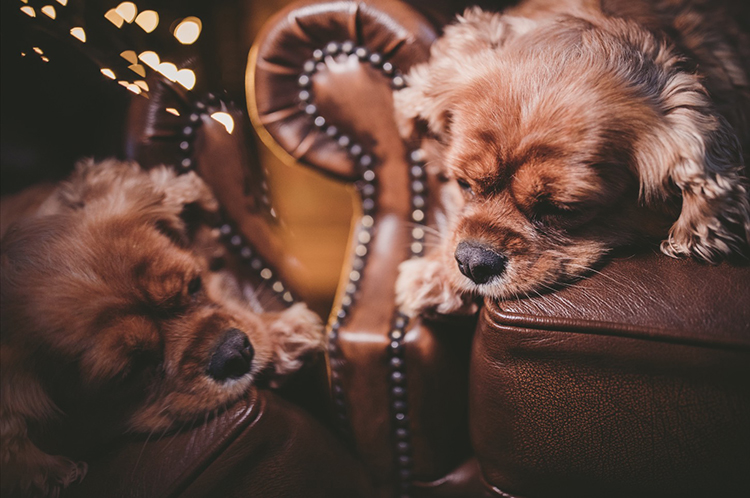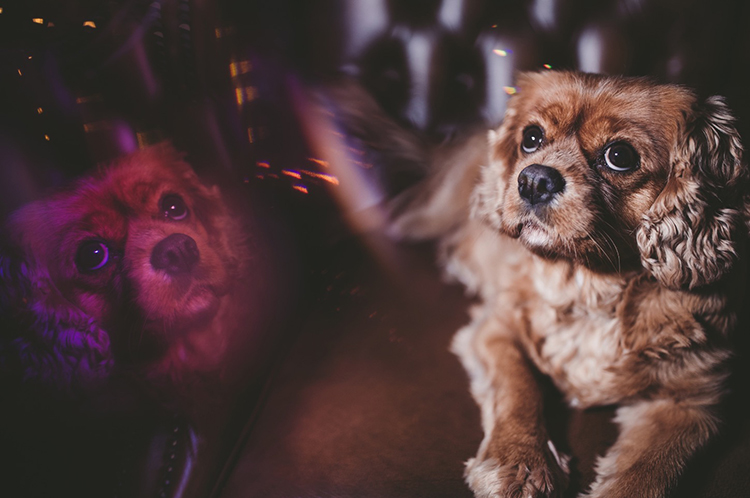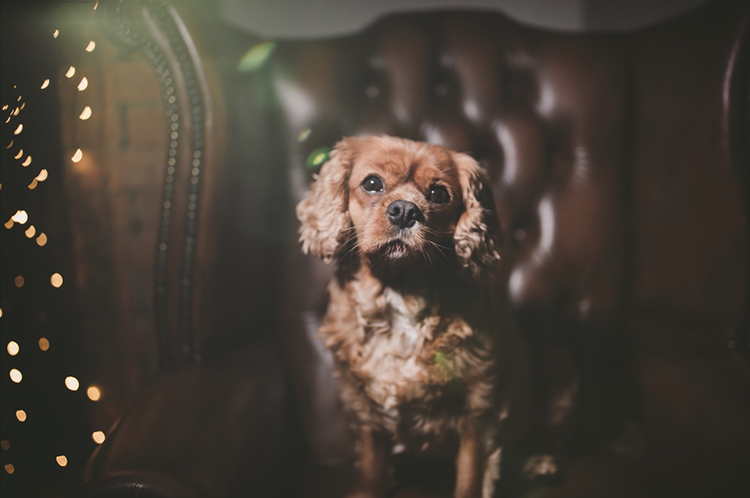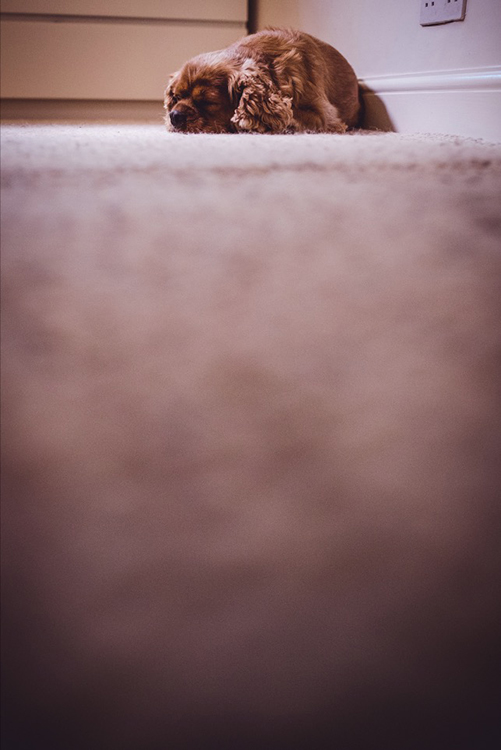Introduction
If you are passionate about capturing breathtaking photos of dogs, whether for personal enjoyment or as a service for your clients, you have come to the right place. This article dives into the world of dog photography, sharing invaluable tips and tricks that will take your skills to the next level. With a focus on lighting, composition, and various techniques, we will explore creative ways to enhance your dog photoshoots. Prepare yourself to unleash your creativity and capture stunning dog photography.
Section II: Lighting
1. Use window light for a flattering effect
Great dog photography begins with excellent lighting, and one of the best sources is natural window light. Window light offers beautiful, soft illumination that adds a flattering touch to your subjects while creating an appealing contrast with the background. This combination of light and shadow adds a three-dimensional effect to your dog photographs.
When using window light, you can take advantage of lower ISO settings and faster shutter speeds, resulting in sharper and higher-quality images. However, if you prefer using flashes or studio strobes, make sure to use a modifier to achieve the soft and flattering effect comparable to window light.
2. In a pinch, use your phone light
Although window light or modified artificial light is ideal for dog photography, it may not always be accessible. In such instances, you can rely on your smartphone to provide a handy lighting solution. By turning on the flashlight function, you can experiment with different angles to illuminate your dog effectively.
If you desire a beautiful bokeh effect, you can utilize a DIY tool – tinfoil. Simply scrunch up the tinfoil, unfold it, and position it behind your dog. Then shine a light on the tinfoil, and observe the jaw-dropping bokeh effect it creates. To achieve brighter bokeh, you can even light the background separately from the dog using your smartphone.
Section III: Composition
1. Shoot dog reflection photos
Unleash your creativity by capturing dog reflection photos. Look for locations with water bodies such as puddles or ponds, and ask your dog to sit near the water’s edge. Position yourself in a way that only the dog’s reflection and feet appear in the frame. By flipping the image during post-processing, you can create fantastic illusions and captivating shots.
Feel free to experiment with different perspectives, zooming in for headshots or including more of the dog in the photo. The reflection technique adds an element of intrigue and uniqueness to your dog photography.
2. Use a mirror to create negative space
Minimalist dog photos hold a special charm, allowing the dog to occupy a modest portion of the frame while emphasizing empty space. However, achieving this aesthetic can be challenging, especially in cluttered surroundings.
By introducing a mirror into the scene, you can create the illusion of negative space. Widen your aperture to achieve a narrow depth of field, zoom out to include the dog in a small frame, and position the mirror close to your camera lens. While making sure the dog is not covered by the mirror, ensure that the rest of the frame is covered.
With this setup, the mirror surface will be obscured, resulting in a visually pleasing stretch of negative space visible in your dog photography.
3. Use fairy lights to spice up your dog photography
Fairy lights offer a cost-effective and versatile tool for creating stunning effects in your dog photography. When used correctly, these lights can produce mesmerizing bokeh effects that enhance the overall appeal of your photos.
Position the fairy lights in your photo’s background or even have your dog sit on top of them, then shoot from above. To maximize the bokeh effect, utilize a wide aperture, and adjust the positioning of the lights to your desired level of blurring.
4. Use perspex to create beautiful foreground reflections
Reflections can elevate the artistic quality of your dog photos. For captivating effects, position a reflective object, such as perspex or even your smartphone, close to your camera lens. Experiment with tilting the object until it creates a reflection of the dog.
Carrying a square of perspex with you wherever you go enables you to achieve beautiful foreground reflections in various settings. This technique allows you to add an extra layer of creativity and interest to your dog photography.
5. Use a prism to create stunning effects
If you are seeking unique and captivating results, consider incorporating a handheld prism into your dog photography. Similar to using perspex, placing a prism between your dog and the camera lens can yield psychedelic effects with vibrant colors.
For optimal results, experiment with different angles and distances between the prism and the dog. Each position will produce fascinating and diverse outcomes, providing a touch of artistry to your dog photography.
Section IV: Techniques
1. Shoot into the light for a flare effect
While many photographers try to avoid flare in their photos, embracing it creatively can lead to captivating results. To maintain a well-balanced composition, position the flare to one side of the frame while placing the dog elsewhere.
To achieve this effect, shoot outside or near a bright window, ensuring the light comes from behind and directly into the lens. Alternatively, you can use your smartphone as a convenient tool by turning on its flashlight and shining it directly into the camera.
2. Shoot from a low angle
For beautifully composed dog portraits, adjusting the camera angle can make a significant difference. Rather than capturing photos from a standing height, experiment with getting down on the ground. This change in perspective offers a fresh viewpoint and adds depth to your dog photography.
Shooting from a low angle allows you to incorporate foreground and background blur, creating a more immersive and engaging experience for viewers. Combined with other techniques mentioned, such as utilizing a perspex reflection, you can produce stunning and unique dog photographs.
3. Keep the nearest eye in focus
When photographing dogs, the eyes play a crucial role in capturing emotion, connection, and attention. Always ensure that the nearest eye to the camera is in sharp focus and clear.
By maintaining sharpness in the nearest eye, you can create a focal point within the image. The surrounding elements, including the dog’s body and nose, can be intentionally blurred with background bokeh, without compromising the impact of the photograph. This emphasis on the eye adds depth and engagement, resulting in visually appealing dog photography.
Conclusion
With the wealth of tips and tricks shared in this comprehensive article, you are now armed to capture incredible dog photos. Remember to explore different lighting techniques, experiment with composition, and employ creative tools such as tinfoil, mirrors, fairy lights, perspex, prisms, and more.
Embrace the opportunity to unleash your creativity and express your passion for dog photography. As you continue to refine your skills and master new techniques, you will consistently capture stunning images that resonate with viewers and tell beautiful stories through the eyes of dogs.
The article is compiled and compiled by tipcamera.com


